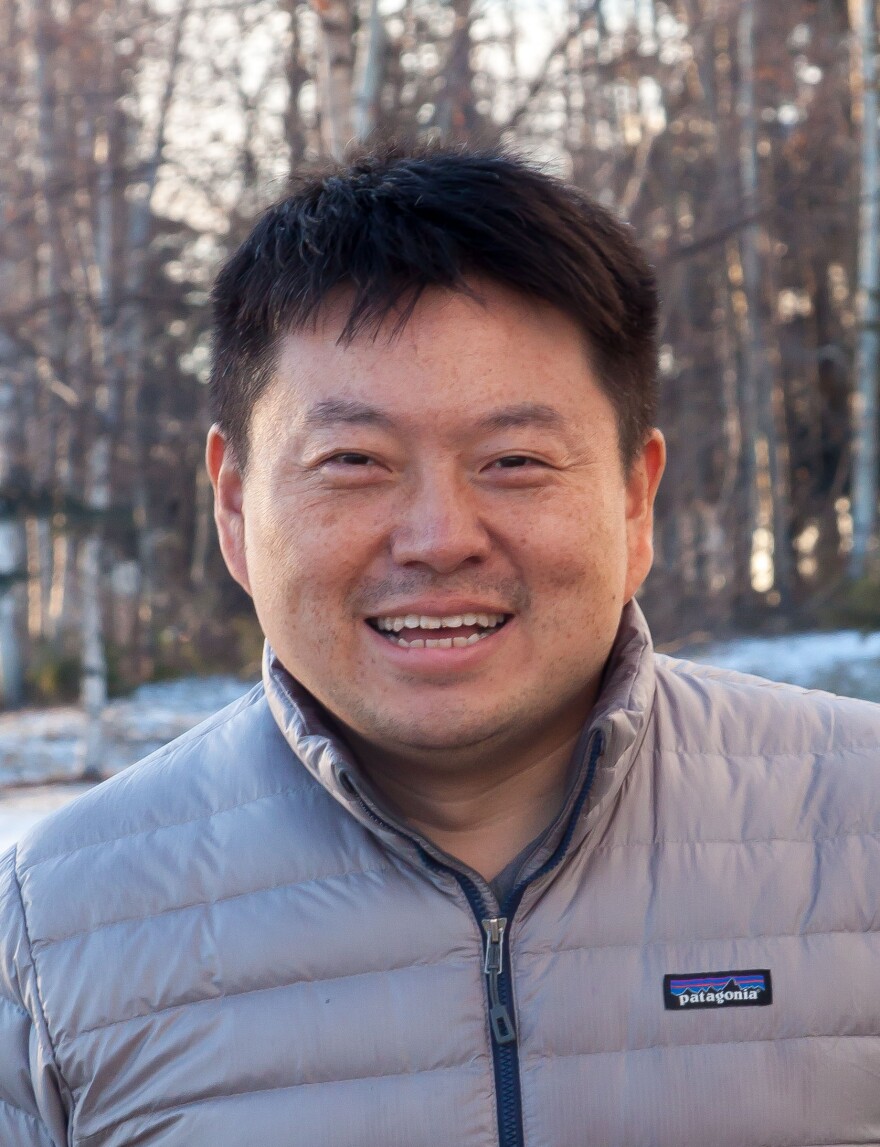A new compound found in Fairbanks’s winter air might reveal new strategies for fighting air pollution. Researchers at University of Alaska Fairbanks have started a three-year study to track the new compound that is a big part of the fine-particle pollution that causes health problems in the Interior.
You may know recent air pollution research and regulation has focused on PM 2.5 – the very tiny particles less than 2.5 micrometers, that can enter your bloodstream after you breathe them in. It turns out, a lot of the PM 2.5 mass in Fairbanks’s winter air is made of hydroxymethanesulfonate or HMS.
Researchers stumbled on to the new compound when sampling air in Fairbanks and North Pole in 2019 as part of the Alaska Pollution and Chemical Analysis project, or ALPACA.
Jingqiu (Jing-Chew) Mao teaches Chemistry at UAF and is a researcher at the Geophysical Institute.
“The unique thing of this project is that this really tells us there’s a chemical reaction happening in the air. That could really tell us a lot more information about what’s happening in Fairbanks’ winter, by studying this compound.”
Fairbanks has struggled with poor wintertime air quality for several years and is under mandate by the federal Environmental Protection Agency to improve its air or face sanctions, which could include the imposition of severe mitigation efforts and potential fines for noncompliance.
Mao and his study partners found hydroxymethanesulfonate or HMS is a big part of the PM2.5 mass in Fairbanks, in fact a larger proportion even than found in the pollution in Bejing in 2018.
“We compared the relative fraction of this compound in the total p.m. 2.5. and we found its fraction is bigger than what has been found in Beijing China, so, that’s what makes it so interesting. What we found here in Fairbanks is different from what scientists have found in China and we want to understand why and so we can come up with a strategy to control that.”
Strategies to control the pollution may turn to controlling what scientists call pre-cursors. Moa says two precursors to hydroxymethanesulfonate found in Fairbanks are Sulfur dioxide and formaldehyde.
Sulfur dioxide comes from home heating with diesel oil, or coal-fired power plants that we have in Alaska. Wood burning and vehicles release formaldehyde (HCHO.)
They react to form HMS. But Mao says we don’t know exactly how.
“If this compound is part of p.m. 2.5 mass, we need to understand how it’s formed. Therefore we can understand which precursor we should reduce. Therefore we can control that.“
But right now we do not have a good understanding of the major drivers for that.”
So Mao and his fellow researchers at Georgia Institute of Technology and the University of Maryland plan to figure out how the HMS forms in Fairbanks’ winter air – is it temperature, relative humidity, wood smoke, inversion? A field campaign is planned for next winter.
“We will have a major, intensive field campaign next winter. We’re going to have lots of groups come to Fairbanks, to work together to understand the details about this HMS.”
The research planned for next winter is part of a three-year research project, which is funded by the National Science Foundation.


